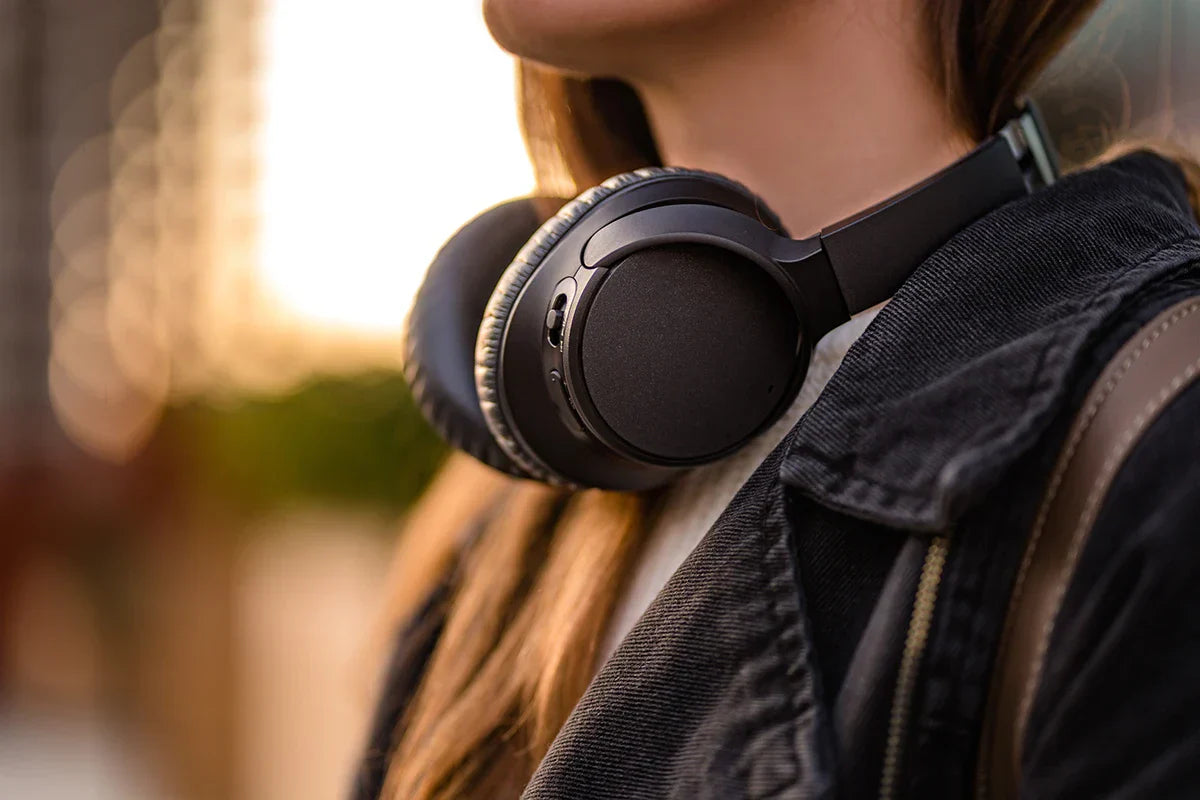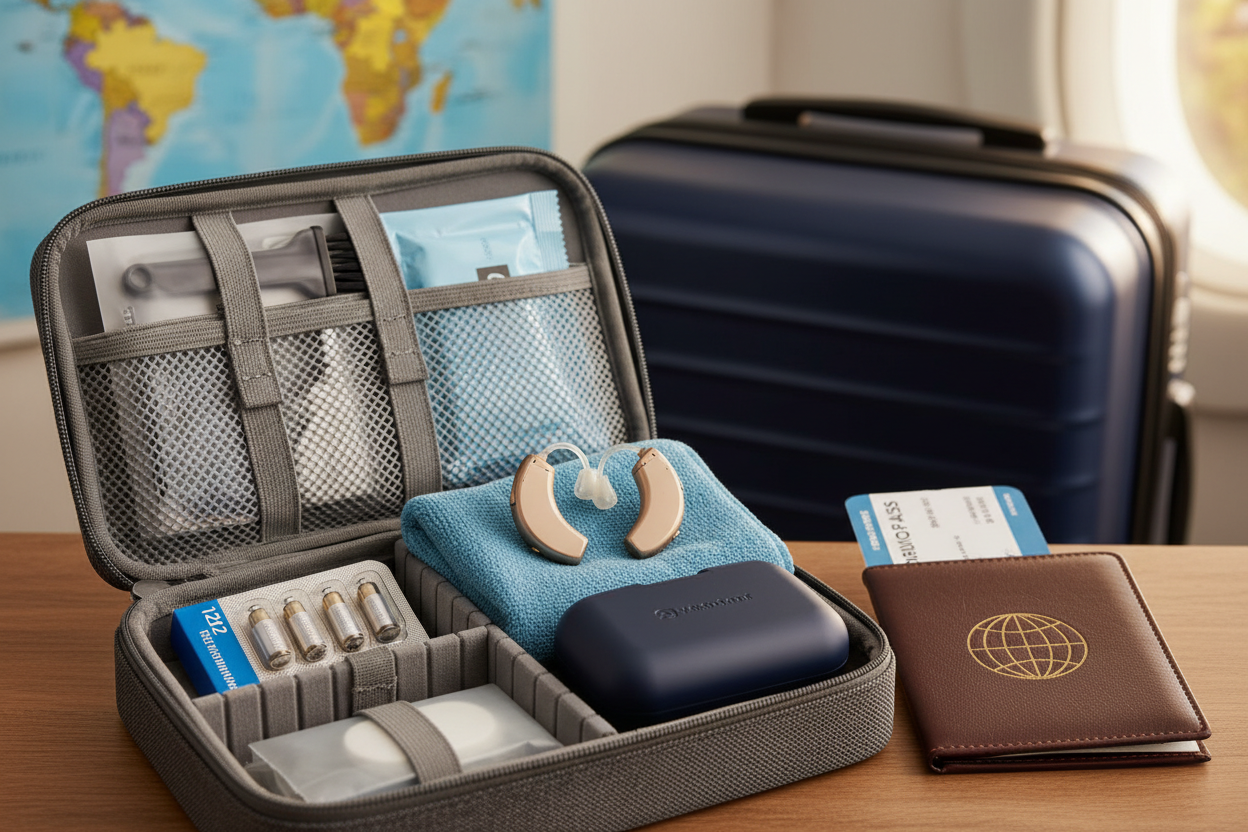Yes—you can keep your hearing aids secure while playing sports, but it takes the right fit, accessories, and care. Here are practical tips and things to check so your hearing aids stay in place and safe.
Why Hearing Aids Slip During Physical Activity
- Movement & impact: Running, jumping, quick changes of direction can shake a poorly fitting device loose.
- Sweat & moisture: Moisture makes surfaces slippery, and ear canals can become slick.
- Loose or improper fit: If the mold or shell doesn’t match your ear shape well, even mild motion can push it out.
- External gear interference: Helmets, headbands, goggles, caps can push hearing aids or shift them.
What You Can Do to Keep Them Secure
Here are concrete strategies to ensure your hearing aids stay put during workouts, games, or any active scenarios:
| Strategy | How It Helps | What to Look For / Use |
|---|---|---|
| Get a precise fit | Custom molds or impressions tailor the fit so there is less wiggle. If something feels loose, have your audiologist adjust the shell. | In-the-ear (ITE) or in-the-canal styles may fit tighter; behind-the-ear (BTE/RIC) styles with good ear hooks or ear molds. |
| Ear grips / sport locks | Silicone or rubber “grips” help anchor the aid inside or around the ear so it’s less likely to slip. | Sport locks that loop around the concha or grip under the rim of the ear. Ensure they are comfortable and don’t cause irritation. |
| Retention clips or cords | A clip attached to your clothing acts as a safety tether—if the aid slips out, it won’t fall to the floor. | Use lightweight, strong clips; avoid cords that tangle with other gear. |
| Use sweat bands / headbands | These help absorb sweat and add physical barrier to prevent slippage. They also shield from rain or water. | Choose breathable, quick-dry materials. Ensure they don’t press the hearing aid out of place. |
| Choose moisture / sweat-resistant devices | Some hearing aids are built to handle sweat and humidity better, which helps maintain grip and performance during intense workouts. | Check for higher IP ratings or hearing aids labeled “sport-ready” or “sweat-resistant.” |
| Wear protective headgear properly | Well-fitted helmets, caps, or hats that don’t interfere with the hearing aid’s placement help. Poorly adjusted gear can push the hearing aid out. | Try on gear with hearing aids on to check interference. |
| Keep devices clean & dry | Earwax, sweat, or moisture can reduce friction and make the aid more likely to slip. Also, moisture can degrade components. | Clean your hearing aids after activity, use dry boxes or dehumidifiers, wipe off moisture. |
What to Check Before You Play
- Talk to your audiologist about your sports routine. They can recommend models, molds, and accessories best suited for your level of activity.
- Test gear beforehand: Practice wearing your hearing aids with the gear you use (helmet, cap etc.) to detect fit issues.
- Have spares: Keep backup grips, locks, or at least extra molds in case something breaks or loses grip.
Real-User Tips & Accessories
- Use sport locks or rubber “ear hooks” that wrap inside or around parts of the ear for extra grip.
- Use retention cords or clips that connect to clothing, so if the aid does dislodge, it doesn’t fall to hard surfaces.
- Sweatbands: Place them above and/or behind the ears to absorb sweat before it gets to the hearing aid.
- Add tape or adhesive patches (medical-grade) behind or under the hearing aids for extra hold (but check that it’s skin-safe).
FAQs
Q: Can I wear my hearing aids during contact sports (football, basketball, etc.)?
You can, but with caution. Use protective gear, choose sturdy device styles, and consider accessories—clips or sport locks. If risks are high, consider removing them during full contact.
Q: Will sweat damage the fit or cause slippage?
Yes, sweat can reduce grip and make devices more slippery. It can also corrode certain parts over time. Using sweatbands and cleaning aids after exercise helps.
Q: What if my ear canals are small or differently shaped?
Custom molds or asking your audiologist for fitting adjustments are key. Also, accessories like sport locks or grips help a lot in those cases.
Q: Can I use tape under hearing aids to keep them in place?
Yes—but use medical/specialty skin-safe adhesive tape. Make sure it doesn’t block microphones or vents, and that it won’t irritate skin.
Summary
- A secure fit, correct hearing aid style, and the right accessories (ear grips, retention clips, sweatbands) are essential for keeping your hearing aids from falling out during sports.
- Moisture and gear (helmets, caps) can challenge stability, so plan ahead: choose sweat-resistant models, test fits, clean and dry regularly.
- If troubles persist, work with your audiologist for adjustments or consider accessories designed specifically for active users.






分享:
Can I Swim or Shower with My Hearing Aids On?
What’s the Best Way to Travel on Airplanes with Hearing Aids?